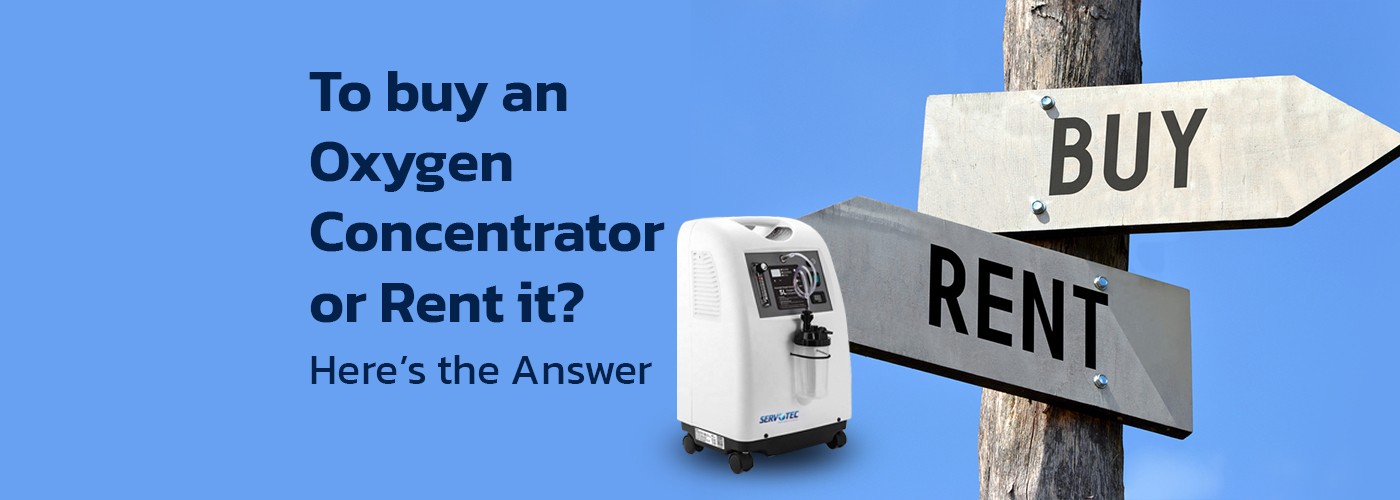Important Questions Answered Regarding Supplemental Oxygen

Questions?
Supplemental oxygen administration is a critical component of effective care for a wide range of clinical disorders that span multiple medical and surgical specialties. The purpose of this blog is to summarise the role of supportive oxygen therapy in a variety of clinical situations that we encounter in our day-to-day practise as oral and maxillofacial surgeons, such as major trauma, shock, sepsis, perioperative and postoperative considerations, and patients with various medical comorbidities. To reduce morbidity and enhance patient prognosis, we propose using oxygen as a medication on a regular and appropriate basis in our day-to-day practice in oral and maxillofacial surgery.
Here are some important questions that we all have on our minds, answered.
Why did my doctor advise me to use oxygen?
Every living thing requires oxygen. Every tissue and cell in the body, in fact, needs a steady supply of oxygen to function properly.
The lungs are where oxygen enters our cells and tissues. The lungs take in oxygen from the air and transport it to the bloodstream via millions of small air sacs known as alveoli. As a result, the amount of oxygen in the blood decreases, and the tissues and cells of the body may not receive enough oxygen to operate correctly. Hypoxemia refers to a lack of oxygen in the bloodstream.
How did my doctor come to the conclusion that I needed extra oxygen?
There are two simple ways to determine the amount of oxygen in the bloodstream:
- Oximetry- This is the most common approach. The amount of light absorbed by the oxygen-carrying haemoglobin in red blood cells is measured by a small clip-on device that shines a light through your finger or earlobe. The device can determine how saturated the hemoglobin is with oxygen molecules, or O2 sat, by assessing the amount of light absorption. The oxygen saturation of the blood is normally between 98 and 100 percent.
- Blood gas analysis- Blood is extracted from an artery, generally in the wrist, using a needle and syringe in this process. The blood is then sent through an analyzer to determine how much oxygen gas is dissolved in it. The arterial oxygen pressure (paO2), which is generally 80 to 100 mm Hg, is the consequence.
The body requires enough oxygen to maintain the blood sufficiently saturated, allowing cells and tissues to operate normally. Furthermore, cells and tissues cannot “save” or “catch up” on oxygen; they require it on a continuous basis. Supplemental oxygen is required when oxygen saturation falls below 89 percent or arterial oxygen pressure falls below 60 mmHg, whether at rest, activity, sleep, or altitude.
Your doctor can calculate your supplementary oxygen needs by testing you at rest and while walking, as well as doing an overnight oximetry study to check your oxygen saturation at night.
When and how frequently should I plug into supplemental oxygen?
Based on the results of your testing, your healthcare physician will issue a prescription for when and how much you should wear your oxygen. The following should be included in the prescription:
- The oxygen flow rate or setting that will keep your saturations at or above 90%, expressed in liters of oxygen per minute (lpm or l/min).
- When should you wear your oxygen mask? (for instance, during activity, overnight, or continuously)
- The type of equipment that will suit your lifestyle requirements
Why would I need to sleep with oxygen on?
Due to a moderately lowered level of breathing, everyone’s oxygen levels in the blood are lower during sleep. During sleep, certain alveoli become inactive.
It’s improbable that your oxygen saturation during sleep will go below 88 percent if your waking oxygen saturation is more than roughly 94 percent on room air. If you have concerns about your oxygen saturation levels while sleeping, your doctor might arrange an overnight oximetry test.
How can I know whether I’m getting the correct amount of extra oxygen?
Your oxygen saturation must be tested while you are using your oxygen to check if you are getting the proper amount of supplemental oxygen. Your physician or an oxygen supplier’s respiratory therapist should assess your oxygen saturation on oxygen while you are at rest, walking, and, if needed, sleeping. You are getting enough supplemental oxygen as long as your saturation is in the 90s.
Should I invest in a finger oximeter to monitor my oxygen levels?
It’s probably a good idea to invest in a finger oximeter to ensure that you’re getting enough supplemental oxygen. Finger oximeters can be found online, at medical supply stores, and even in sports goods stores.
What are the advantages of utilising supplemental oxygen?
When a person doesn’t get enough oxygen, it can impair all of the body’s organs, including the brain, heart, and kidneys. These organs, as well as many others, benefit from the use of supplementary oxygen.
Supplemental oxygen has been shown to improve quality of life, activity tolerance, and even survival in hypoxemic persons.
Supplemental oxygen can also help you feel better. Shortness of breath, weariness, dizziness, and sadness may be relieved. You may feel more alert, sleep better, and be in a better mood as a result of this treatment. You may be able to engage in additional activities, such as traveling, even high-altitude travel.
Shortness of breath can be caused by a variety of factors other than a lack of oxygen. Supplemental oxygen may not be effective in some situations. However, even if tests reveal that you are not obtaining enough oxygen, you should continue to wear your oxygen mask.
Is it possible for me to become over-dependent or addicted to oxygen?
There is no such thing as becoming “dependent on” or “addicted to” supplementary oxygen because everyone requires it to live. If your bloodstream isn’t supplying enough oxygen to your tissues and cells, you’ll require supplemental oxygen to keep your organs and tissues healthy.
Will I need to use supplementary oxygen indefinitely?
That depends on why oxygen was prescribed in the first place. You won’t need supplementary oxygen if your lung or heart condition improves and your blood oxygen levels return to normal without it.
Is there a risk of negative effects from using supplementary oxygen?
It’s critical that you use your oxygen as directed by your doctor. You may be getting too much supplemental oxygen if you start to have headaches, disorientation, or tiredness after you start taking it. Dryness and bleeding of the nose lining can be caused by oxygen settings of 4 liters per minute or higher. A humidifier coupled to your oxygen equipment, as well as some ointments, can aid in the prevention or treatment of dryness.
Will my oxygen equipment allow me to go out and about?
The idea is for you to keep doing as many of your regular activities as possible. Working with your healthcare practitioner and an oxygen supply company to obtain oxygen equipment that will enable you to do these things is recommended.
The Upshot
Choosing the proper ambulatory oxygen equipment for you and your lifestyle is critical, why? because the correct equipment can eventually help you live a better and more enriched life.
Now, you can make an informed choice. Buy Servotech’s fit-for-all Oxygen Concentrators, click here: https://www.tatacliq.com/servotech-5-litre-oxygen-concentrator-white/p-mp000000009564677




